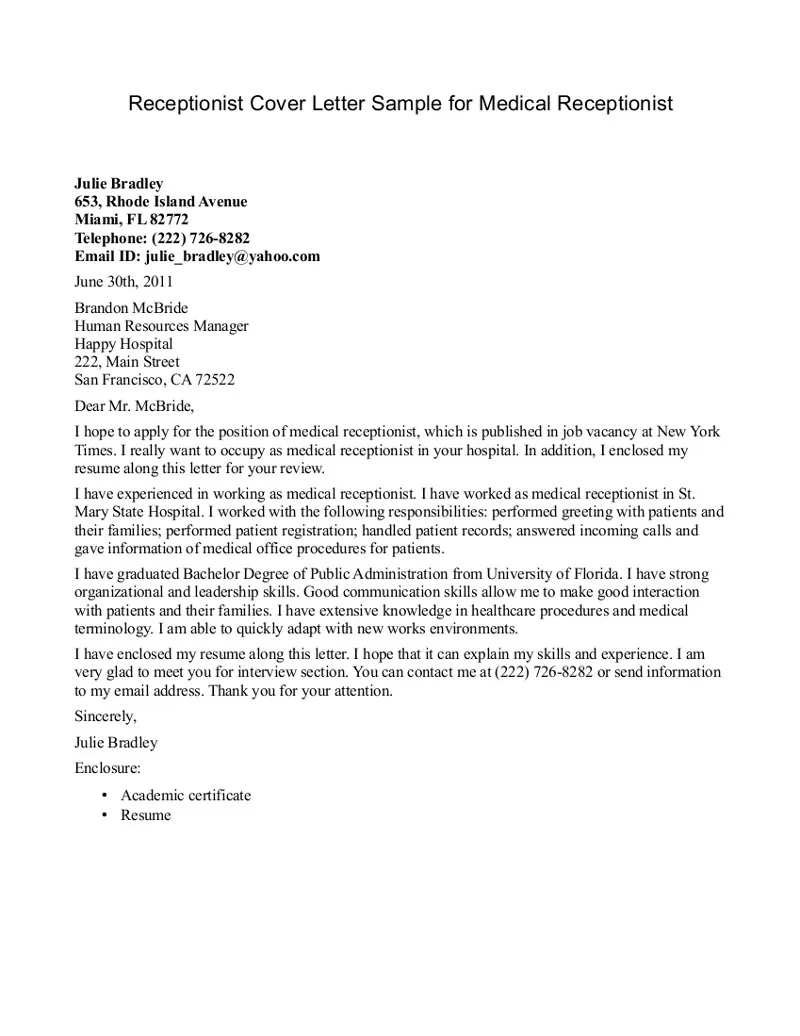Crafting a Compelling Medical Receptionist Cover Letter
A well-crafted cover letter is your first impression when applying for a medical receptionist position. It’s your opportunity to showcase your skills, experience, and enthusiasm to potential employers. A strong cover letter complements your resume by providing context, personality, and a clear demonstration of why you are the perfect fit for the role. This guide provides a step-by-step approach to creating a cover letter that grabs attention and increases your chances of landing an interview. Remember, a compelling cover letter is not just a formality it’s a strategic tool to highlight your qualifications and set you apart from the competition.
Understanding the Purpose of a Cover Letter
The primary goal of a cover letter is to introduce yourself and your qualifications while expressing your interest in a specific job. It gives you the chance to explain how your skills align with the job requirements and why you are the best candidate. Unlike a resume, which is a factual summary of your experience, a cover letter allows you to tell a story and demonstrate your personality. It’s where you can elaborate on your achievements, highlight relevant skills, and convey your passion for the medical field. By understanding the purpose of your cover letter, you can tailor your content to make a lasting impression and secure the next step in the hiring process.
Highlighting Relevant Skills and Experience
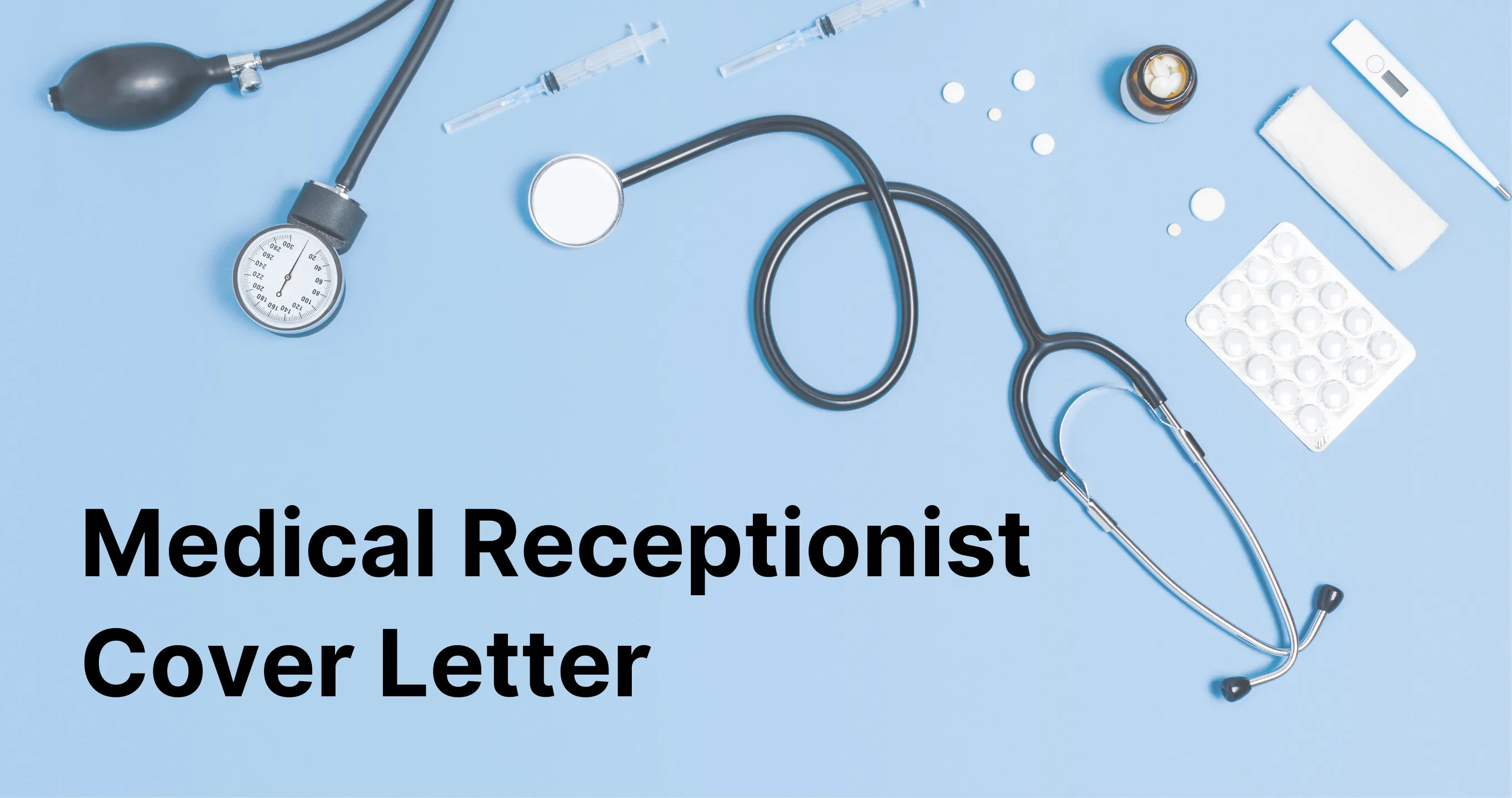
Medical receptionist roles require a specific blend of skills and experience. When writing your cover letter, focus on the areas where your strengths align with the job description. Highlight your experience with patient interaction, appointment scheduling, insurance verification, and electronic health records (EHR) systems. If you have experience with specific medical software or patient management systems, be sure to mention them. Showcase your soft skills, such as communication, empathy, and problem-solving abilities, as these are critical for providing excellent patient care. Quantify your achievements whenever possible, such as the number of patients you handled daily or improvements you made to office efficiency.
Step-by-Step Guide to Writing Your Cover Letter
Step 1 Research the Clinic or Practice
Before you start writing, research the clinic or practice. Visit their website to learn about their mission, values, and services. This will help you tailor your cover letter to match their specific needs and demonstrate your genuine interest in the position. Look for information about the practice’s culture, patient demographics, and any recent news or initiatives. This research enables you to personalize your letter and show that you’re not just sending out a generic application; you’re genuinely interested in contributing to their specific environment. Addressing your letter to the hiring manager by name is also crucial.
Step 2 Personalize Your Greeting
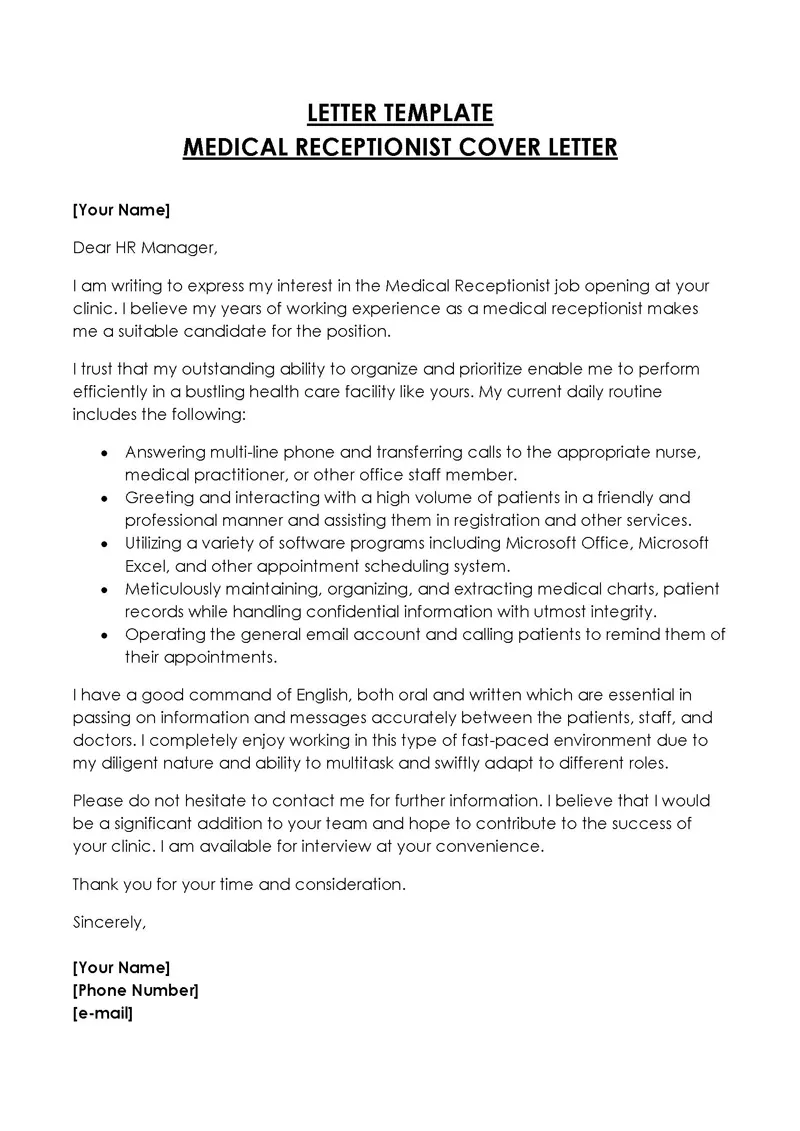
Avoid generic greetings like “Dear Sir/Madam.” Instead, make an effort to find out the name of the hiring manager or the person responsible for reviewing applications. Addressing your cover letter to a specific person demonstrates initiative and attention to detail. If you can’t find a name online, try calling the clinic and asking. A personalized greeting makes your cover letter feel more engaging and shows that you’ve taken the time to research the organization. If you are unable to find a specific name, a greeting like “Dear Hiring Team” is acceptable, but always strive for a personal touch.
Step 3 Write a Strong Opening Paragraph
Your opening paragraph should immediately capture the reader’s attention. State the position you’re applying for and how you learned about it. Briefly mention what makes you a great candidate, highlighting one or two key skills or experiences that align with the job requirements. For example, “I am writing to express my keen interest in the Medical Receptionist position at [Clinic Name], as advertised on [Platform]. With five years of experience in a fast-paced medical environment and a strong focus on patient care, I am confident I can contribute effectively to your team.”
Step 4 Showcase Your Skills
In the body of your cover letter, provide specific examples of your skills and accomplishments. Instead of simply listing your skills, provide context and illustrate how you used them in previous roles. For example, “In my previous role at [Previous Clinic], I consistently managed over 50 patient appointments daily while maintaining a high level of accuracy in scheduling and patient communication.” Use the job description as your guide, and address the specific requirements listed. This shows the hiring manager that you possess the necessary qualities and can perform the duties effectively.
Step 5 Quantify Your Accomplishments
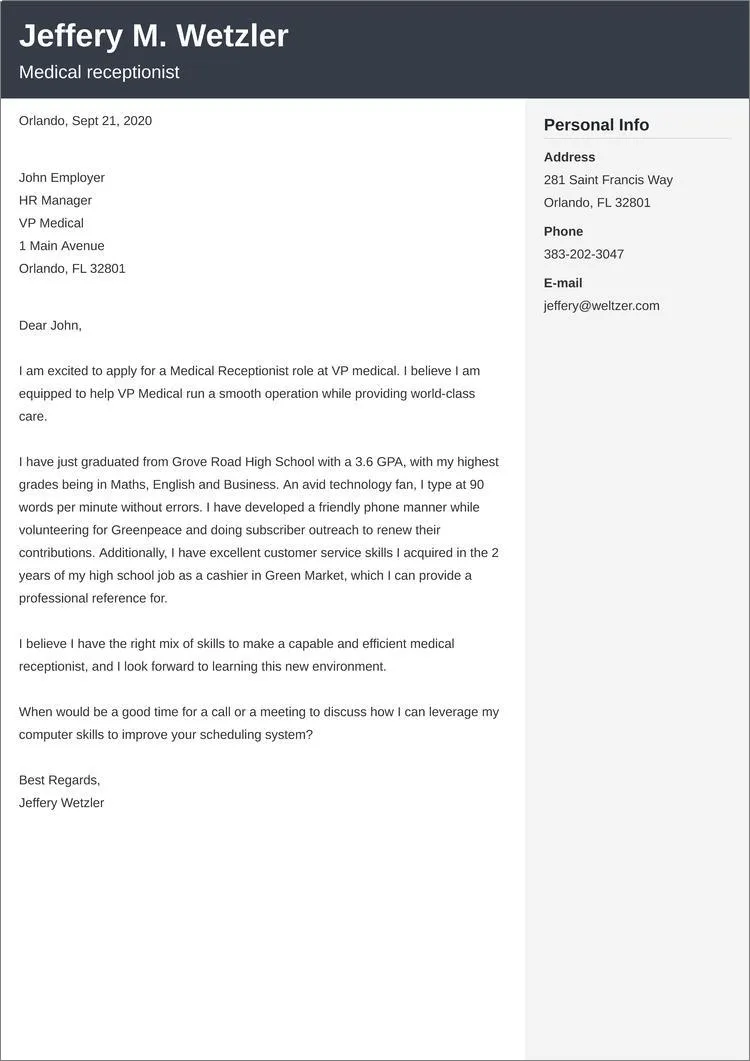
Whenever possible, quantify your achievements to demonstrate your impact. Use numbers and data to provide concrete evidence of your successes. For example, “Improved patient satisfaction scores by 15% by implementing a new patient check-in system.” or “Reduced wait times by 20% through efficient appointment scheduling and workflow optimization.” Quantifiable results make your cover letter more persuasive and help the hiring manager understand the value you can bring to their practice. This demonstrates your ability to contribute to the clinic’s success and shows a proactive approach to problem-solving.
Step 6 Demonstrate Your Knowledge of Healthcare
Show that you understand the medical field by mentioning relevant knowledge and experience. This could include your familiarity with medical terminology, insurance processes, patient confidentiality (HIPAA), or specific healthcare software. Demonstrating this knowledge assures the hiring manager of your ability to handle the responsibilities and contribute to the clinic’s smooth operation. You can also mention any certifications or training you have, such as a Certified Medical Assistant (CMA) or experience with electronic health records (EHR) systems, showcasing your commitment to providing quality patient care.
Step 7 Express Your Enthusiasm and Interest
Convey your genuine enthusiasm for the position and the clinic. Explain why you are interested in working there specifically, referencing what you learned during your research. Mentioning something specific about the clinic that resonates with you, such as their focus on patient-centered care or their community involvement, demonstrates your sincerity. This makes your cover letter more engaging and shows the hiring manager that you are passionate about the role. Your enthusiasm should be evident in your tone and in your words.
Step 8 Include a Call to Action
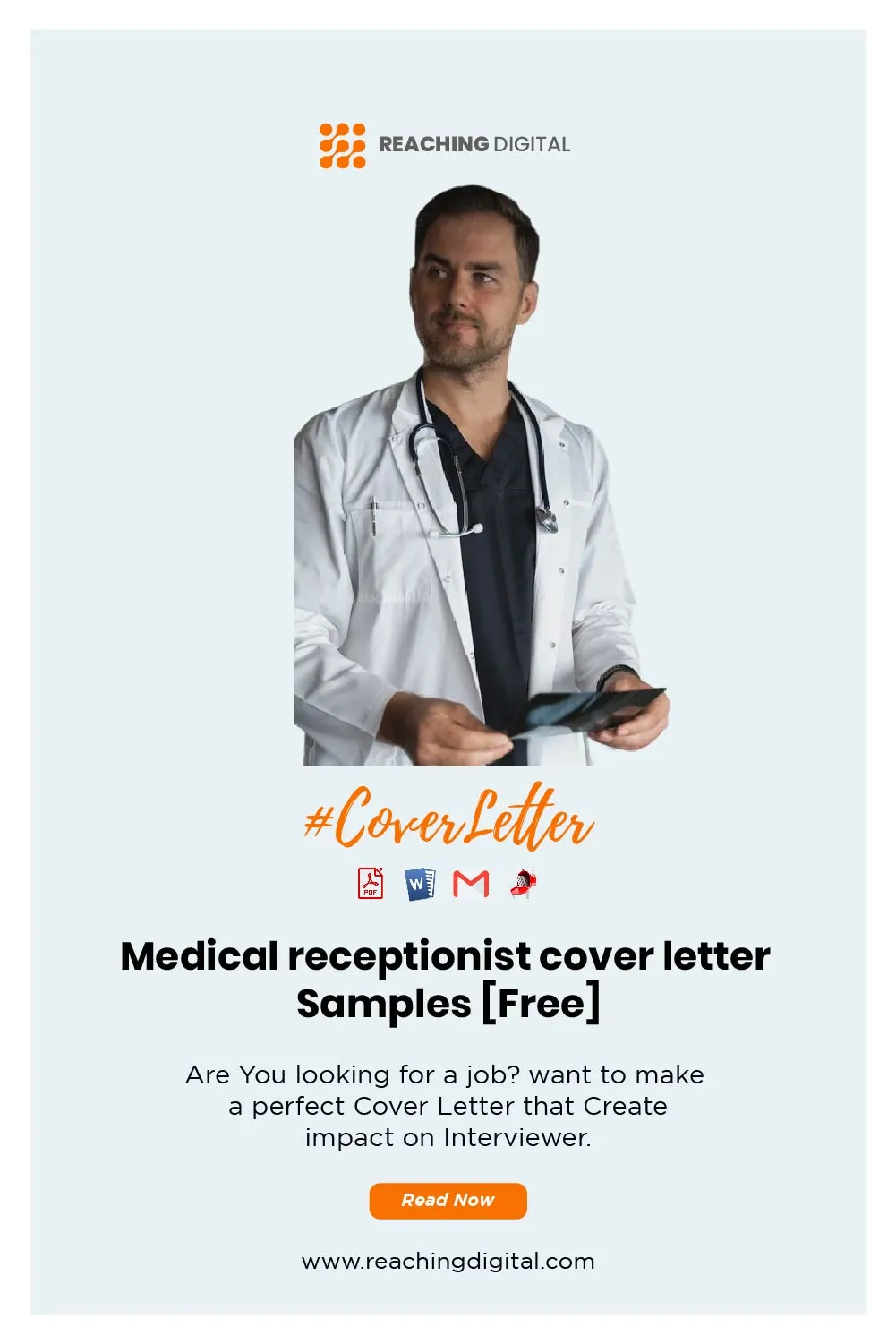
End your cover letter with a clear call to action. Express your eagerness to discuss your qualifications further and request an interview. Provide your contact information, including your phone number and email address, and state your availability for an interview. For example, “Thank you for considering my application. I am eager to learn more about this opportunity and discuss how I can contribute to [Clinic Name]. I am available for an interview at your earliest convenience and can be reached at [Phone Number] or [Email Address].”
Step 9 Proofread and Edit
Before submitting your cover letter, proofread it carefully for any errors in grammar, spelling, and punctuation. Ensure that your sentences flow well and that your language is clear and concise. A polished cover letter reflects your attention to detail and professionalism. It is also a good idea to have someone else review your cover letter to catch any mistakes you might have missed. A perfect cover letter demonstrates your commitment to excellence and makes a positive first impression.
Formatting and Design Tips for Your Cover Letter
Choosing the Right Font and Formatting
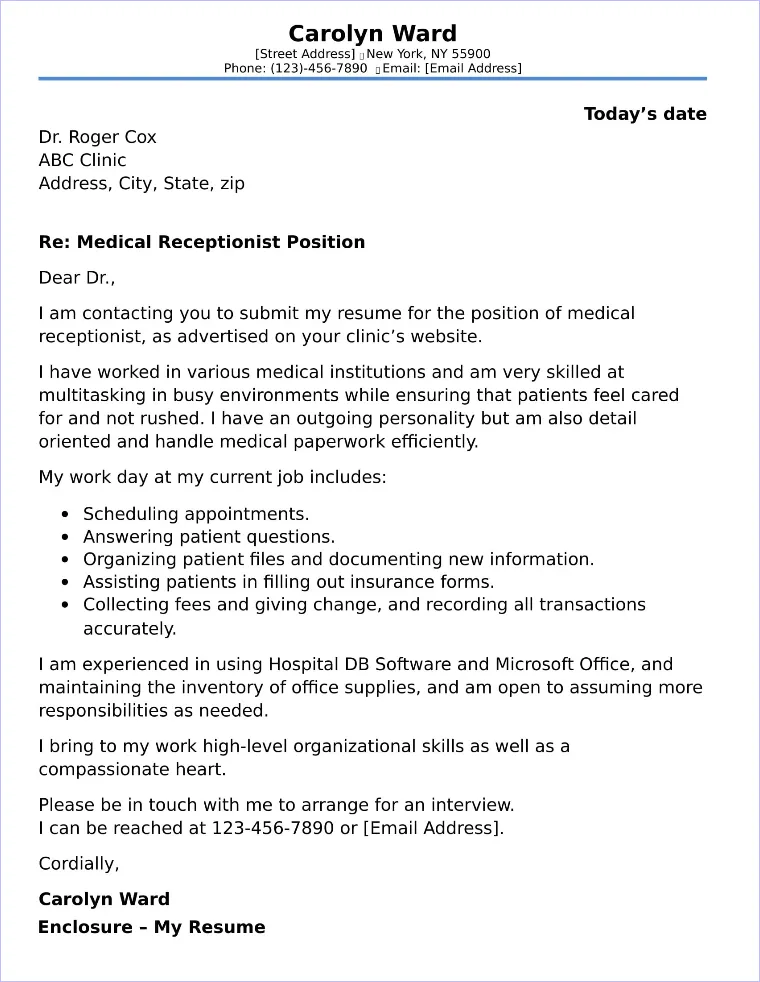
Use a professional and easy-to-read font, such as Times New Roman, Arial, or Calibri, with a font size between 10 and 12 points. Keep your formatting consistent throughout the document. Use single spacing within paragraphs and double spacing between paragraphs. Ensure your margins are standard (1 inch on all sides) to create a clean and organized layout. Proper formatting makes your cover letter visually appealing and easy for the hiring manager to read. Avoid using excessive bolding, italics, or underlining.
Keeping Your Letter Concise and Readable
Aim to keep your cover letter to one page. Be concise and avoid unnecessary jargon or overly long sentences. Use clear and direct language to convey your message effectively. Break up large blocks of text with bullet points or short paragraphs to improve readability. A well-structured, concise cover letter shows respect for the hiring manager’s time and ensures that your key qualifications are easily accessible.
Essential Skills to Include in Your Cover Letter
Communication and Interpersonal Skills

Highlight your excellent communication and interpersonal skills. Medical receptionists interact with patients, doctors, and other staff members daily. Mention your ability to communicate effectively both verbally and in writing, and provide examples of your ability to handle difficult situations with empathy and professionalism. Include your experience in active listening, conflict resolution, and building rapport with patients. The ability to communicate effectively is critical in a medical setting.
Organizational and Administrative Abilities
Demonstrate your strong organizational and administrative skills. Medical receptionists handle appointment scheduling, record-keeping, and other administrative tasks. Mention your experience with managing schedules, handling phone calls, managing patient files, and maintaining an organized work environment. Highlight any software or systems you have used for these tasks. These skills are crucial for maintaining efficiency and accuracy in a medical office.
Technical Proficiency and Software Knowledge
Include information about your technical proficiency and any software knowledge you have. Mention your experience with electronic health records (EHR) systems, billing software, and other relevant tools. Knowing these systems is essential for modern medical receptionists. Specify any specific software you have used, such as Epic, Cerner, or Practice Fusion, to show that you are technologically savvy and can quickly adapt to new systems.
Common Mistakes to Avoid in Your Cover Letter
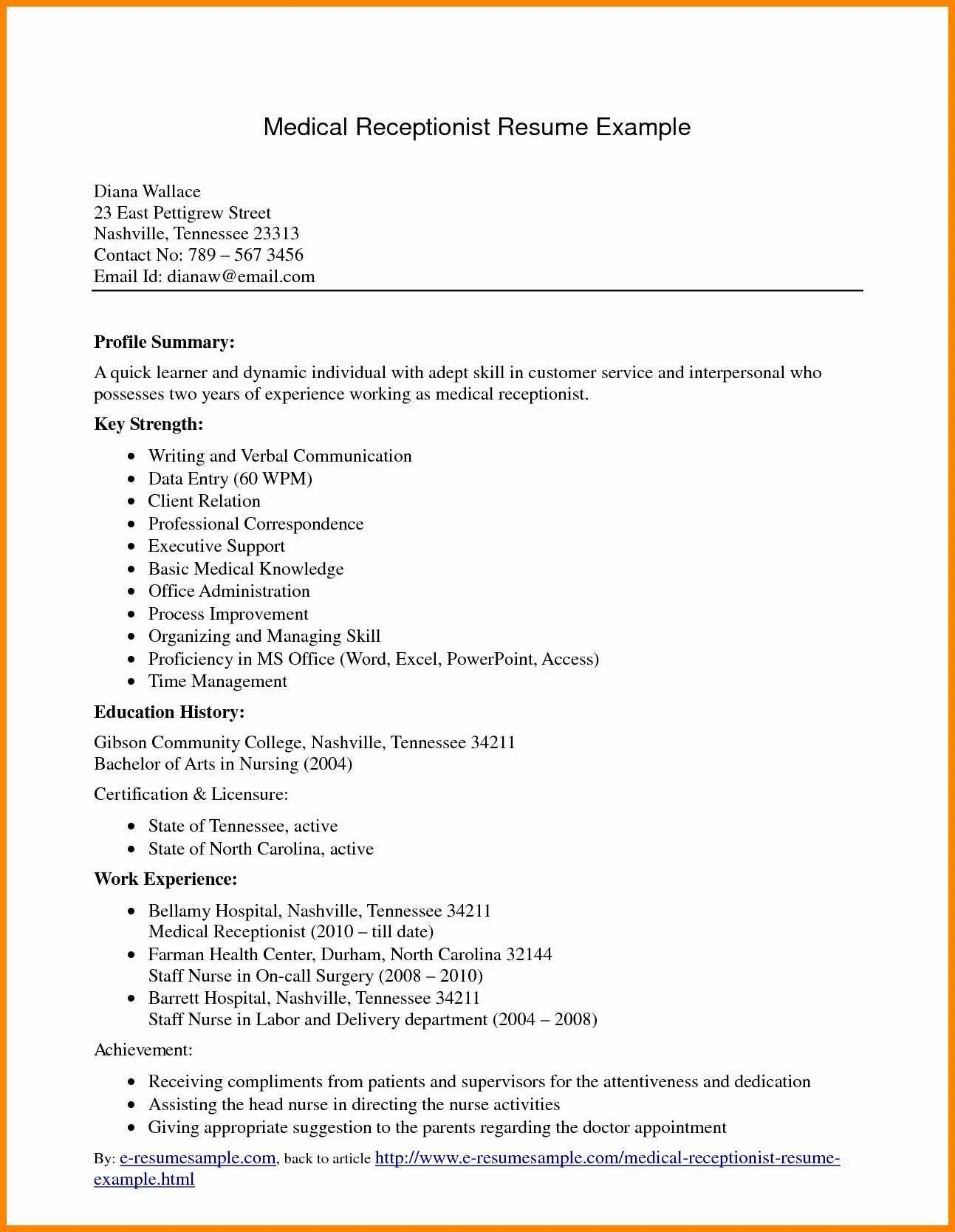
Generic and Unenthusiastic Language
Avoid using generic language and expressing a lack of enthusiasm. Use active voice and avoid clichés. Be specific and show genuine interest in the position and the clinic. A generic cover letter will not stand out and will likely be overlooked. Showing that you care about the opportunity will greatly increase your chances of being considered.
Focusing Solely on Responsibilities
Do not simply list your responsibilities. Instead, focus on your accomplishments and the value you brought to previous roles. Explain how you have improved processes, increased efficiency, or enhanced patient satisfaction. Highlighting your achievements will demonstrate your competence and make a stronger impression than simply stating your duties. Showcase what you have done and the results you have achieved.
Ignoring the Job Description
Carefully review the job description and tailor your cover letter to address the specific requirements. Ensure you highlight the skills and experience that the employer is seeking. Ignoring the job description shows a lack of attention to detail and a lack of understanding of the employer’s needs. Customize your letter to align with what the clinic or practice is looking for.
Finalizing Your Cover Letter
Before submitting your cover letter, make a final review. Proofread it carefully, and have someone else review it as well. Ensure that your contact information is correct and that your letter is formatted professionally. A well-crafted cover letter is an essential part of your job application and greatly increases your chances of securing an interview. By following these steps and tips, you can create a cover letter that effectively showcases your qualifications and helps you land your dream job as a medical receptionist.
